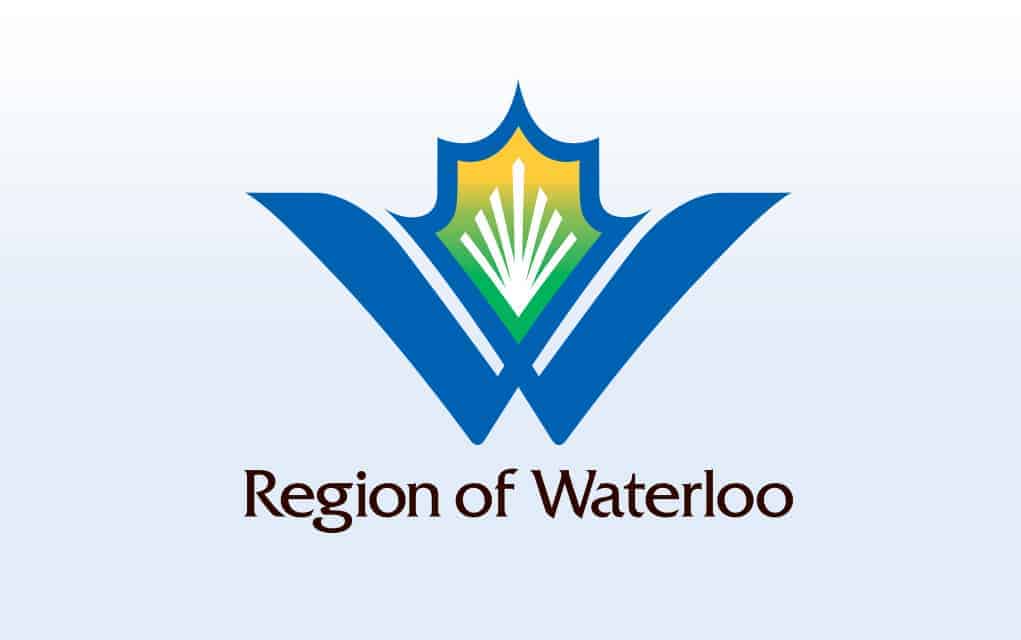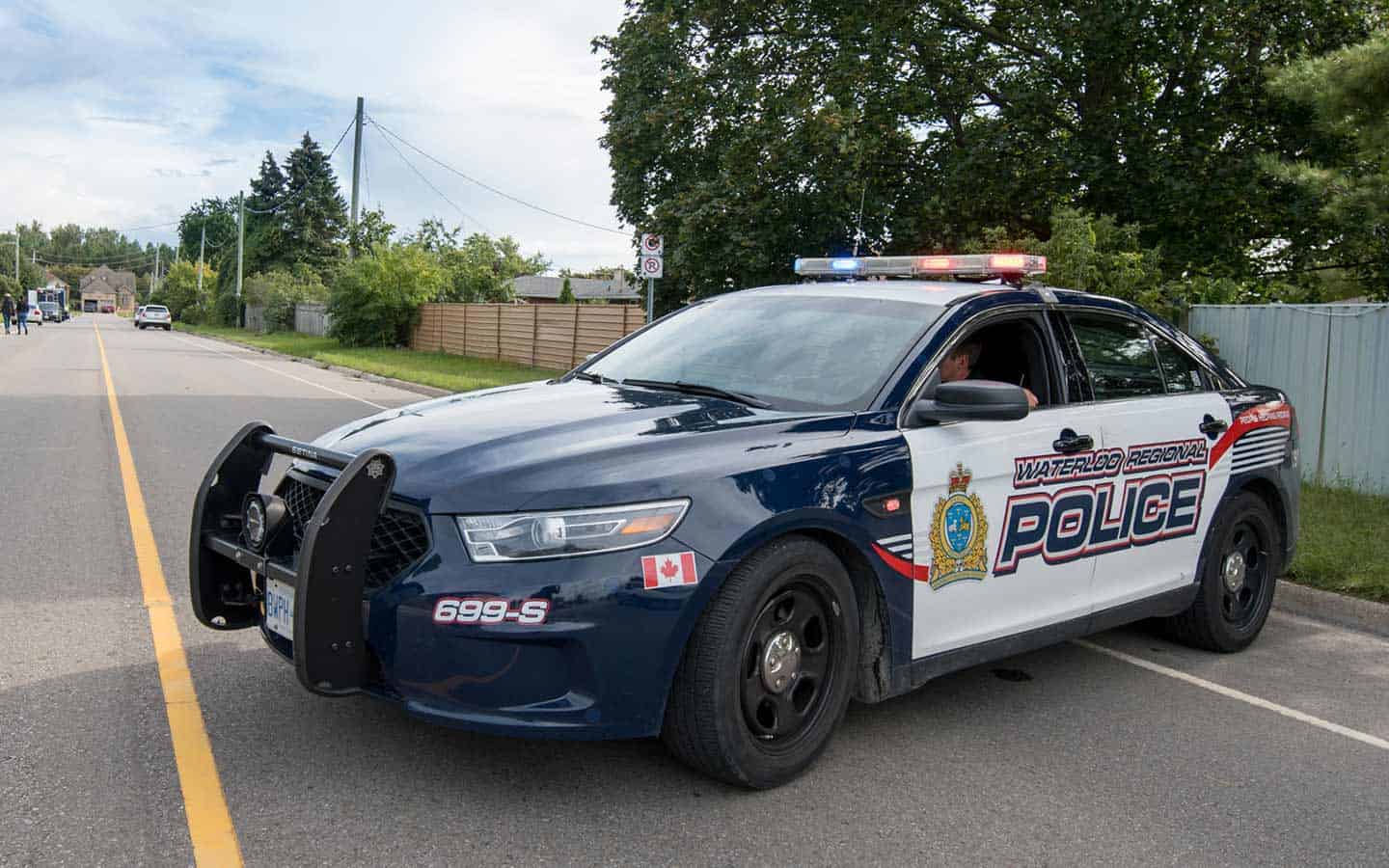The most recent changes to the Grand River Source Protection Plan (SPP) apply new water-quantity policies for Fergus and Elora that extend into Woolwich Township. The new draft approved this week by regional councillors also includes five new water-supply wells in Cambridge and Kitchener.
Under the provincial Clean Water Act, municipalities are required to endorse changes to SPPs. This week’s amendments come just months after a new SPP was put in place in early October, an updated version of the original 2015 program.
For the Wellington County water-taking area that extends into Woolwich, the new guidelines were developed based on similar policies in the neighbouring county. Policies for water taking are primarily directed to the province, as they have responsibility for issuing water taking permits.
The regional report discussed at the December 8 committee-of-the-whole meeting notes policies for reductions in recharge are unlikely to affect development in this area as it is not identified as a municipal growth area in the regional official plan.
Woolwich Mayor Sandy Shantz raised concerns that the new plan was not looking far enough into the future.
“We’re looking at sources that we are currently going to access for water; should we not be looking at sources that we may want to access in the future because the way it needs to be protected is not a short-term issue?” she asked.
Thomas Schmidt, the region’s commissioner of transportation and environmental services, noted the SPP changes are part of an ongoing process.
“Many of our programs are actually put in place and implemented regardless of whether there’s a well in that location. So our rural water quality program, for instance, in Elmira, some of the work that was done with the contamination there and our role on any contaminated sites in the cities. Those may not be in a wellhead protection area, but we still participate. And we still work on cleaning up the water in those areas,” said Schmidt.
“Our stand has been that any water that is underground within the region has the potential to be drinking water and should be protected.”









